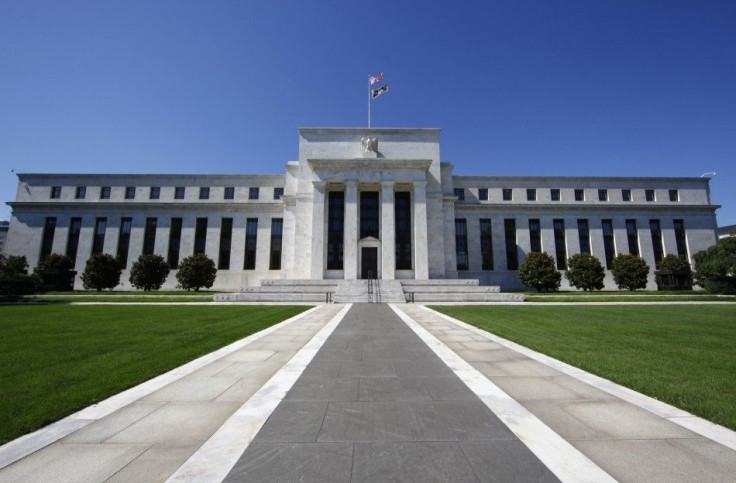Fed Minutes: A Few Board Members Favored ‘More Substantive’ Action
ANALYSIS

Perhaps the most compelling dimension to the minutes from the latest U.S. Federal Reserve meeting was that several Fed members favored more aggressive action to stimulate the tepid economy, whose two-year-old recovery has seen inadequate job growth.
Selected Federal Reserve members, who weren't identified, felt that the recent economic developments justified a more substantial move beyond the Fed's Aug. 9 pledge to keep short-term interest rates at a record low for two years, until mid-2013.
The dissent, in this case to the stimulative side, suggests that the world's most powerful central bank will consider a broader range of options -- including whether to purchase more government bonds -- when it meets Sept. 20-21.
Those options could include other asset purchases, increasing the maturity of the Fed's balance sheet, or cutting the interest on excess reserves the Fed pays to banks.
More Assertive Unemployment Statement?
What's more, some Fed members wanted the central bank's lastest statement on monetary policy to say that the Fed would keep rates low until the U.S. unemployment rate fell to a specific target or to set an inflation target. However, other officials were concerned about how to pick respective targets.
In addition, while Fed members didn't anticipate a recession, several said the recovery was still somewhat tentative and was vulnerable to adverse shocks.
Also, the Fed held an unscheduled meeting to discuss the possible failure by the U.S. Congress to raise the federal debt ceiling and what actions they could take if disruptions to market functioning posed a threat to the Fed's economic objectives.
Monetary/Economic Analysis: Is the U.S. Federal Reserve likely to implement an official unemployment target -- i.e. keep monetary policy accommodative until the unemployment rate falls below a certain level? Or an unemployment target with an inflation target?
In a word: No.
Setting a target would imply that the Fed will keep stimulating to drive unemployment down, regardless of price stability, and that wouldn't be consistent with the Fed's dual mandate of full employment -- or what the Fed has lately been calling maximum employment with price stability.
In other words, don't fear inflation hawks: Fed Chairman Ben Bernanke remains laser-focused on inflation and there will be no deviation from protecting the value of money over time. Any 12-month core-Personal Consumption Expenditures, which excludes often-volatile food and energy prices, that drifts over 2 percent would be considered a danger sign. Currently, it's running at a 1.6 percent annual rate, or within the Fed's comfort zone for inflation.
What the minutes from the latest Fed meeting do show is that the Fed is well aware that the U.S. economic recovery is underperforming in a major way -- it's like a car traveling in the right lane on an interstate highway at 40 mph (barely adequate) -- and the Fed is prepared to take additional action to strengthen the recovery, should the tepid growth conditions continue.
© Copyright IBTimes 2024. All rights reserved.





















